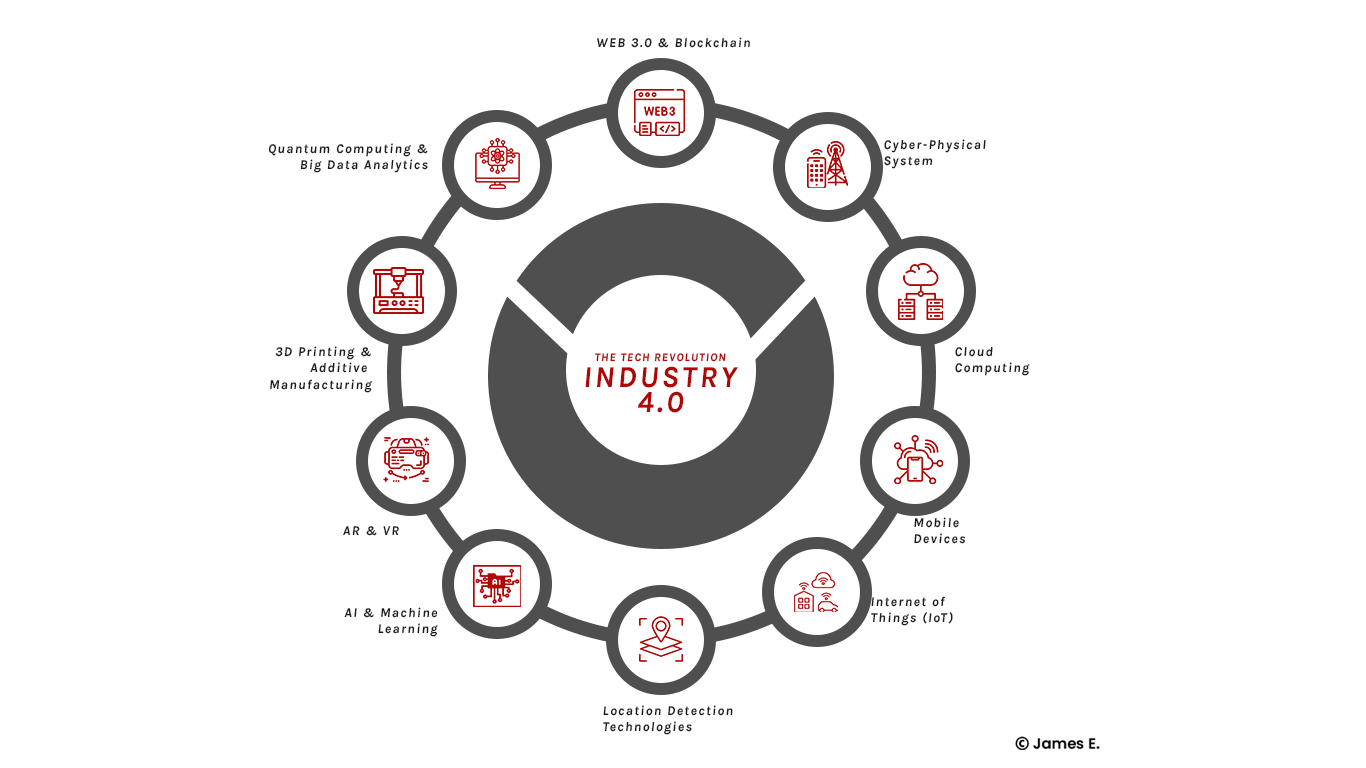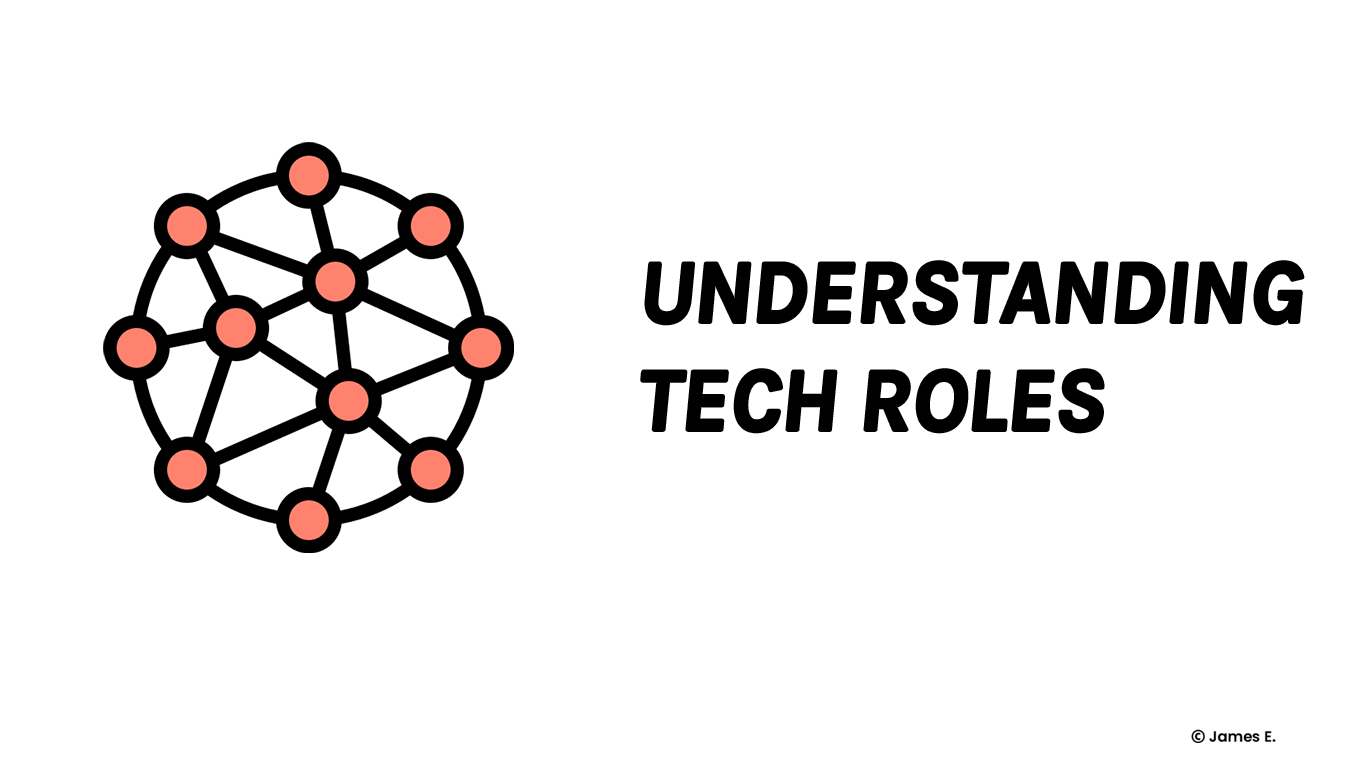
It’s a beautiful day to absorb another dose of knowledge that will keep you not just relevant, but also agile in the ever-evolving world of technology. In our last article, I shared essential tips to help you choose the right tech career path. I trust you've already begun taking the steps to discover a career that aligns with your passions, interests, and long-term goals. By doing so, you’re not only preparing yourself for the future, but you're also ensuring your continued growth in this dynamic field.
Today, we’ll go even deeper into your journey by focusing on how you can identify the skill gaps and learn something new to be relevant in the industry. You will also learn how to chart out the learning paths that will get you to where you want to be. With a clear understanding of gaps around you, your current abilities, and areas for growth, you can stay ahead of the curve and ensure that you’re always evolving along with the tech landscape. All you need to do is read till the end of this article.
The Necessity of Continuous Learning in Tech
Before diving into specifics, it’s essential to acknowledge why continuous learning in tech is non-negotiable. With the tech sector constantly advancing, staying still is not an option. If you’re not actively improving your skills and learning new things, you risk becoming obsolete in a market that demands agility and up-to-date expertise. You need to be observant enough to figure out tech openings around you and learn something new to fit in.
Additionally, you need to know that the tools, programming languages, and methodologies you learned even a few years ago may no longer be cutting-edge. Therefore, making learning a lifelong pursuit is key to not just surviving but thriving in your tech career.
Having established the points above, identifying skill gaps becomes critical. It’s not enough to simply maintain your current knowledge base. You need to proactively assess openings around you, where you stand, and what’s missing from your toolkit so that you can fill those gaps before they become roadblocks. Fortunately, there are several strategies that will help you effectively navigate this process.
Assessing Your Current Skills
The first step in identifying skill gaps is understanding exactly where you are right now. Self-assessment is crucial because it serves as the foundation for your entire learning strategy. If you don’t know your strengths and weaknesses, it’s nearly impossible to develop an effective plan for improvement. By evaluating your current abilities honestly and thoroughly, you can set clear and realistic goals.
Here are some tried-and-true methods to help you conduct an in-depth self-assessment:
SWOT Analysis
Performing a SWOT (Strengths, Weaknesses, Opportunities, Threats) analysis is a powerful way to evaluate your current skills. Take a deep dive into what you’re good at and figure out how those strengths can open new doors for you. At the same time, don’t shy away from acknowledging your weaknesses—they’re simply areas that need attention.
By identifying both internal factors (your strengths and weaknesses) and external factors (opportunities and threats in the tech landscape), you’ll gain a more comprehensive understanding of what’s working in your favour and what you need to improve.
Reflective Journaling
Another effective method is keeping a reflective journal. By documenting your day-to-day experiences, challenges, and breakthroughs, you can start to see patterns in your performance. What tasks do you struggle with consistently? Where do you feel most confident?
Reviewing your journal regularly will give you a clearer picture of your learning journey and highlight areas where you need further development. It also serves as a great motivator when you look back and see how far you've come.
Skill Mapping
Visual learners might benefit from creating a skill map. This exercise involves listing your core skills and categorizing them based on your level of proficiency. A skill map not only helps you see where you excel but also highlights the gaps that need more attention.
This visual tool can act as a roadmap for your learning journey, helping you prioritize what’s most critical.
Seek Feedback
While self-assessment is invaluable, external feedback is just as important. Don’t hesitate to seek input from friends, family, colleagues, mentors, or managers. These individuals can offer perspectives that you may not have considered.
What’s more, constructive criticism can reveal blind spots that are difficult to see from your own vantage point. Participating in professional tech communities, whether online or in person, can also provide valuable feedback.
Also, engaging with others in your field allows you to compare your skills and gain insights into industry trends that may inform your learning choices.
Identifying Skill Gaps as They Relate to Your Surroundings
Once you’ve assessed your current skills, the next step is to identify the specific skill gaps that are present around you. This could be a move to help you reach your full potential. It’s important to focus on the context of your desired roles and the environments you operate in. The skills you need may vary depending on the industry, the company, or even the specific projects that dominate your immediate physical or virtual environment.
Here are some of the most common ways of finding gaps in tech roles and maximizing available opportunities:
Identify Opportunities in Emerging Areas
It's crucial to maintain your curiosity and look into fields with increasing demand when you start your career in technology. Think beyond the fundamentals and take into account emerging trends or technology. For instance, domains such as edge computing, blockchain, and artificial intelligence are gaining popularity.
Given that these professions frequently seek out new people eager to advance with the technology, keeping an eye on these developing fields might lead to intriguing career prospects and massive self-development.
Learning from Experienced Developers
Seeing what more seasoned developers are working on is one of the simplest methods to get started when you're first starting out. These people can act as mentors in virtual communities, local gatherings, or your place of employment.
For instance, if a developer you know is concentrating on cloud computing or full-stack development, you'll have the extra benefit of asking for help when you encounter difficulties. Therefore, it is important to start with related subjects as this guarantees that you have access to people who can offer advice when you encounter difficulties, in addition to allowing you to gain from their expertise.
Explore Job Opportunities Based on What’s in Demand
Examine employment prospects in those fields after determining the technology and skill sets that seasoned developers in your area use. It's likely that trendy fields like cybersecurity, mobile development, and DevOps are in high demand in the labor market if a large number of individuals are concentrating on them.
Look through the job boards to find out what qualifications employers are looking for. By doing this, you're not only picking up a new talent but also putting yourself in a position to fill jobs that are in demand right now. For example, it makes sense to concentrate on learning cloud engineering or artificial intelligence skills if you're witnessing an increase in demand for those professionals in your region.
Conclusion
Once you’ve identified skill gaps, it’s time to decide where to focus your efforts. While it’s tempting to try to learn everything, a focused approach is much more effective. Concentrate on the skills that will have the greatest impact on your career and those that are most relevant to your immediate and long-term goals.
However, don’t overlook the importance of soft skills. While technical expertise is crucial, strong communication, teamwork, and problem-solving abilities will set you apart. Employers are increasingly looking for tech professionals who can work well in teams, communicate their ideas clearly, and adapt to changing situations.
Therefore, as you continue to build your technical expertise, make sure you’re also developing the soft skills as this will make you a well-rounded professional. Combining these with a focused learning path will give you an edge in the competitive tech landscape. The ultimate goal is to be a solution provider.
Get ready for more! The next parts of this article series are set to unveil even more strategies for your tech journey.





